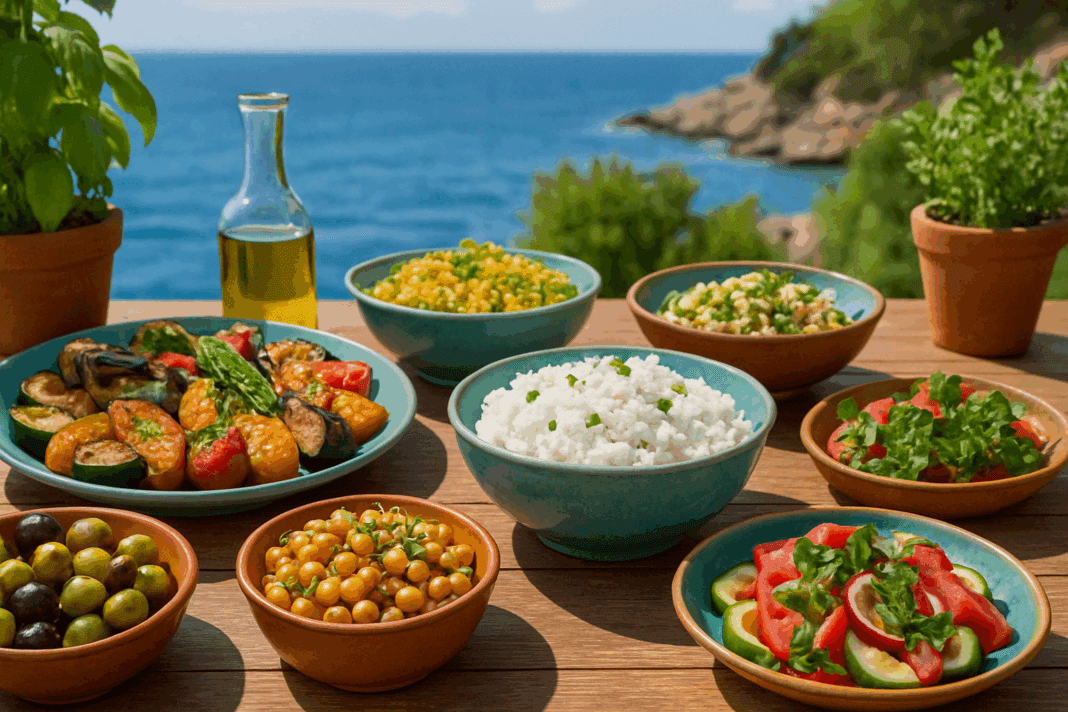The Mediterranean diet is widely regarded as one of the healthiest dietary patterns in the world. Rooted in the traditional eating habits of countries bordering the Mediterranean Sea, this diet emphasizes whole grains, fresh vegetables, fruits, legumes, nuts, seeds, and healthy fats, particularly from olive oil. However, when it comes to certain staple carbohydrates—like white rice—many health-conscious individuals find themselves questioning whether these foods align with Mediterranean principles. Can you eat white rice on the Mediterranean diet without compromising its integrity? What do nutrition experts say about this common pantry staple in the context of a heart-healthy, plant-forward approach to eating?
You may also like: Plant Based Diet vs Standard American Diet: What the Latest Studies Reveal About Long-Term Health Outcomes
Understanding the Core Principles of the Mediterranean Diet
To assess whether white rice fits into the Mediterranean diet, it’s essential first to understand the foundation of this nutritional model. The Mediterranean diet is not a rigid, prescriptive regimen but rather a flexible framework centered on whole, minimally processed foods. It places a strong emphasis on plant-based ingredients, lean proteins such as fish and legumes, and a moderate intake of dairy and poultry. Red meat and sweets are consumed infrequently and in small amounts. This dietary pattern is renowned for its cardiovascular benefits, including lower rates of heart disease, stroke, and metabolic syndrome.
Whole grains are a cornerstone of the Mediterranean lifestyle. Foods such as farro, barley, bulgur, and brown rice are commonly consumed, offering dietary fiber, antioxidants, and essential micronutrients. This preference has led to some confusion about whether refined grains like white rice are acceptable. While traditional Mediterranean diets often include grains in their unrefined state, regional variations exist. In parts of Southern Europe and the Middle East, white rice has long been a part of local cuisine—used in dishes like risotto, paella, and pilaf. Thus, cultural nuance plays a significant role in shaping what is or isn’t deemed appropriate for the Mediterranean table.
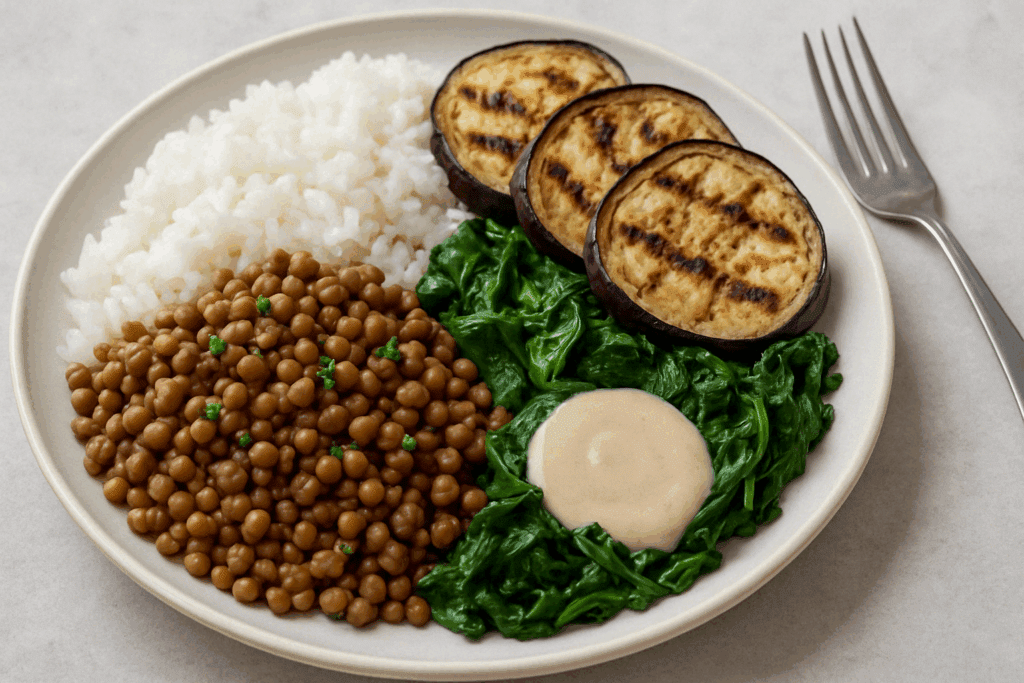
Nutritional Comparison: White Rice vs. Whole Grains
White rice is often scrutinized because it undergoes milling that removes the bran and germ, resulting in a loss of fiber, vitamins, and minerals. Compared to whole grains like brown rice or quinoa, white rice has a higher glycemic index, meaning it can lead to quicker spikes in blood sugar levels. For individuals managing diabetes or seeking to stabilize energy levels throughout the day, this may pose a concern. However, context matters. When paired with fiber-rich vegetables, heart-healthy fats, and proteins, the glycemic response of white rice can be tempered considerably.
Nutrition experts often emphasize the broader dietary pattern over the inclusion or exclusion of any single food. While whole grains are generally preferred, occasional consumption of white rice—especially when incorporated into balanced, nutrient-dense meals—is unlikely to disrupt the overall health benefits of the Mediterranean diet. This perspective aligns with modern interpretations of the diet that focus on sustainability, enjoyment, and cultural authenticity, rather than restrictive elimination of foods.
Can You Eat White Rice on the Mediterranean Diet? Expert Perspectives
Most registered dietitians and nutrition researchers agree that the Mediterranean diet allows for flexibility and adaptability, which includes the thoughtful inclusion of white rice. When asking, “can you eat white rice on the Mediterranean diet?” the answer, according to many experts, is a resounding yes—with caveats. White rice should be enjoyed in moderation and within meals that align with Mediterranean principles. For instance, serving a modest portion of white rice with grilled vegetables, chickpeas, and olive oil not only enhances flavor but also supports satiety and metabolic balance.
Moreover, preparation methods matter. Avoiding heavily processed or fried rice dishes laden with butter or cream is key. Instead, focus on recipes that reflect the region’s culinary traditions, such as rice cooked with tomatoes, herbs, garlic, and a drizzle of extra-virgin olive oil. This approach transforms a relatively simple grain into a nourishing, satisfying meal.
It is also worth noting that the phrase “can you eat rice on the Mediterranean diet” is broader than the white rice inquiry alone. Many Mediterranean populations consume a variety of rice types, including short-grain, long-grain, and wild rice blends. The Mediterranean philosophy encourages diversity and moderation, both of which support the inclusion of rice in its many forms.
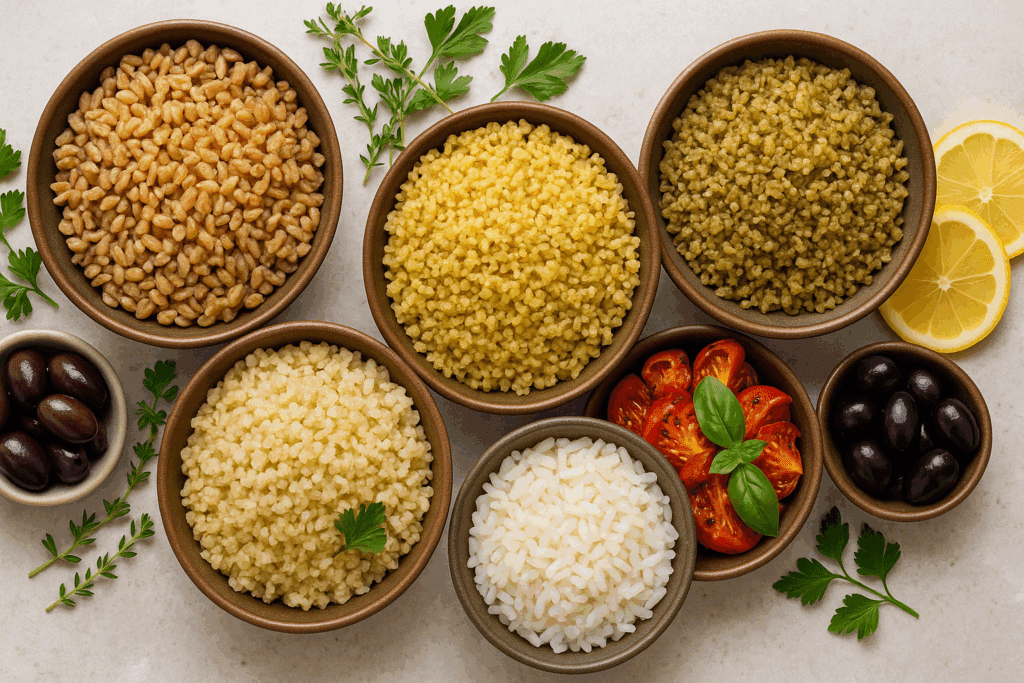
White Rice in Traditional Mediterranean Dishes
The Mediterranean diet is inherently diverse, shaped by the culinary practices of more than 20 countries. From Italy to Lebanon to Morocco, rice features prominently in many traditional dishes. In Spain, paella is a national treasure, made with white rice, seafood, and saffron. In Italy, creamy risottos combine white rice with seasonal vegetables and a touch of Parmesan. Greek stuffed grape leaves (dolmades) often include white rice mixed with herbs and pine nuts. These examples illustrate that white rice, when prepared with whole-food ingredients, can play a meaningful role in Mediterranean cuisine.
Nutritionists who focus on cultural competence in dietary counseling often advocate for respecting traditional foods rather than demonizing them. By honoring authentic preparation methods and pairing white rice with plant-based staples, home cooks can enjoy satisfying meals that are both nutritionally balanced and culturally resonant.
Glycemic Control and the Role of Meal Composition
One of the primary concerns regarding white rice is its impact on blood sugar levels. However, it’s important to view this concern through the lens of overall meal composition. When white rice is consumed alongside foods rich in fiber, protein, and healthy fats, the rate of carbohydrate absorption slows significantly. This means that eating white rice with lentils, leafy greens, and tahini dressing—staples of the Mediterranean pantry—can result in a more stable glycemic response compared to eating white rice alone.
Current research supports this holistic perspective. Studies have shown that glycemic control improves not just with carbohydrate quality, but also with the context in which those carbohydrates are consumed. This underscores the importance of meal planning and food pairing within the Mediterranean framework, rather than simply labeling foods as “good” or “bad.”
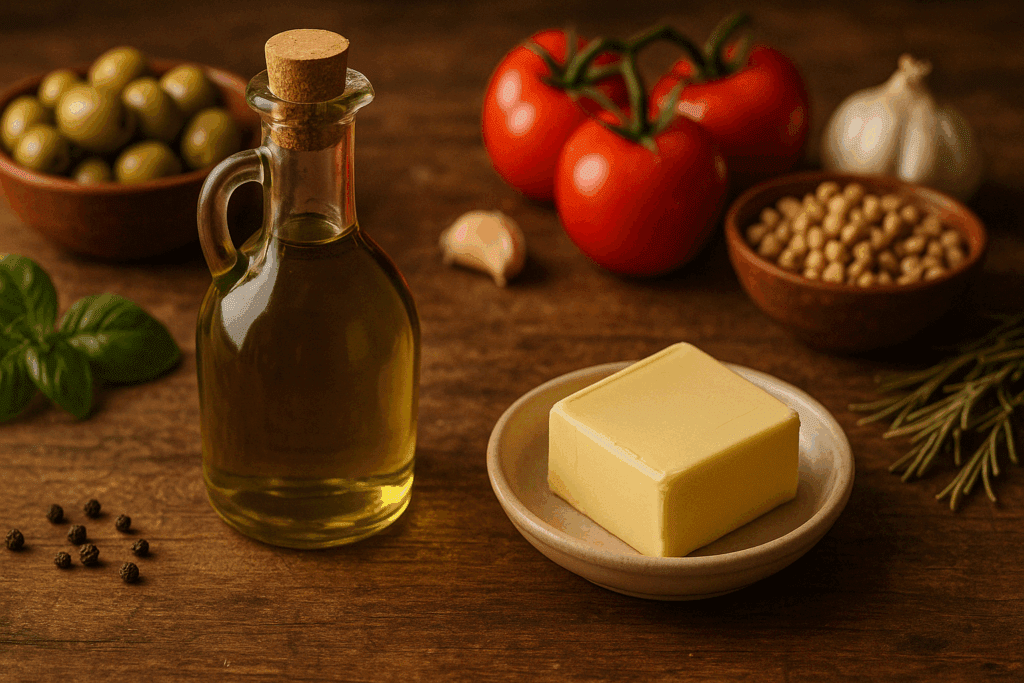
Exploring Substitutes and Complementary Grains
While it is entirely reasonable to include white rice in a Mediterranean-style eating pattern, many people may wish to diversify their grain intake for added nutritional benefit. Whole grains like farro, bulgur, and freekeh are rich in fiber, iron, and B vitamins. These grains not only enhance the texture and flavor of meals but also support gut health and long-term metabolic wellness.
Quinoa, though technically a seed, is another excellent addition to Mediterranean meals. It offers a complete protein profile and pairs beautifully with Mediterranean ingredients like olives, cucumber, lemon, and fresh herbs. While white rice can serve as a comforting and familiar base, rotating in these other grains adds variety and boosts the nutrient density of your diet.
The Question of Butter on the Mediterranean Diet
In discussions of what can or cannot be included in the Mediterranean diet, butter often sparks debate. The phrase “butter on Mediterranean diet” appears frequently in search queries, and the answer reflects the same principles applied to white rice: moderation and context. The Mediterranean diet prioritizes unsaturated fats—primarily from extra-virgin olive oil, nuts, and fatty fish—over saturated fats like butter. However, small amounts of butter used occasionally, especially in traditional recipes or for flavoring, are not inherently at odds with Mediterranean eating.
Nutrition experts emphasize that the health risks associated with saturated fats are dose-dependent. Replacing large quantities of butter with olive oil is a wise choice, but occasional use—particularly in culturally significant dishes—does not negate the benefits of an otherwise healthy eating pattern. As with white rice, the emphasis should be on overall dietary quality rather than demonizing individual ingredients.
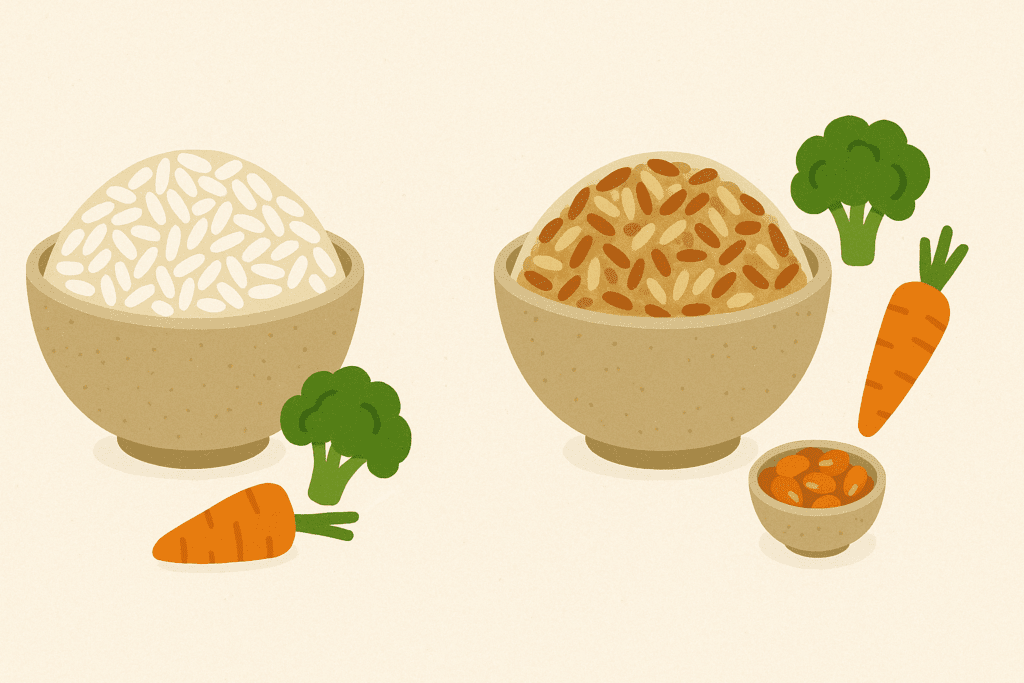
Mediterranean Diet Peanut Butter: An Unexpected Ally
Another commonly asked question is whether peanut butter fits within Mediterranean guidelines. The phrase “Mediterranean diet peanut butter” may seem out of place at first glance, given that peanuts are not a traditional Mediterranean crop. However, from a nutritional standpoint, peanut butter—especially the natural kind without added sugars or hydrogenated oils—aligns well with Mediterranean principles.
Peanut butter provides plant-based protein, heart-healthy monounsaturated fats, and essential nutrients like niacin and magnesium. It can be paired with whole-grain toast, apple slices, or added to smoothies to support satiety and stable energy levels. As always, portion control is key. A modest serving of peanut butter can be a convenient and satisfying part of a Mediterranean-style diet, especially when balanced with fruits, vegetables, and legumes.
Who Should Avoid the Mediterranean Diet?
Although the Mediterranean diet is widely recognized for its health benefits, it may not be suitable for everyone in its standard form. Individuals with certain medical conditions—such as advanced kidney disease or specific food allergies—may require tailored dietary modifications. The keyword phrase “who should avoid the Mediterranean diet” is relevant for those with specialized nutritional needs or clinical recommendations from their healthcare providers.
For instance, those on low-potassium diets due to kidney dysfunction may need to limit certain Mediterranean staples like tomatoes, spinach, or lentils. Similarly, people with celiac disease must avoid gluten-containing grains such as farro and barley. These cases highlight the importance of individualized nutrition planning. Consulting a registered dietitian can help determine how to adapt Mediterranean principles to meet unique health goals while minimizing risk.
Can You Eat Rice on the Mediterranean Diet? A Broader Reflection
Zooming out from the white rice conversation, the broader question—”can you eat rice on the Mediterranean diet?”—invites a more inclusive and flexible viewpoint. As mentioned earlier, rice in its many forms has a longstanding place in Mediterranean culinary traditions. The key is not in avoiding rice altogether but in how it is integrated into meals. Choosing appropriate portion sizes, combining rice with fiber-rich and antioxidant-dense foods, and emphasizing variety are all strategies that align with Mediterranean values.
Moreover, food enjoyment and cultural heritage play important roles in long-term dietary adherence. A diet that includes satisfying, familiar foods is more likely to be sustainable and effective over time. Rather than viewing rice as a dietary dilemma, it can be seen as an opportunity to enhance meals with flavor, texture, and tradition—all while honoring the principles of plant-forward, whole-food nutrition.
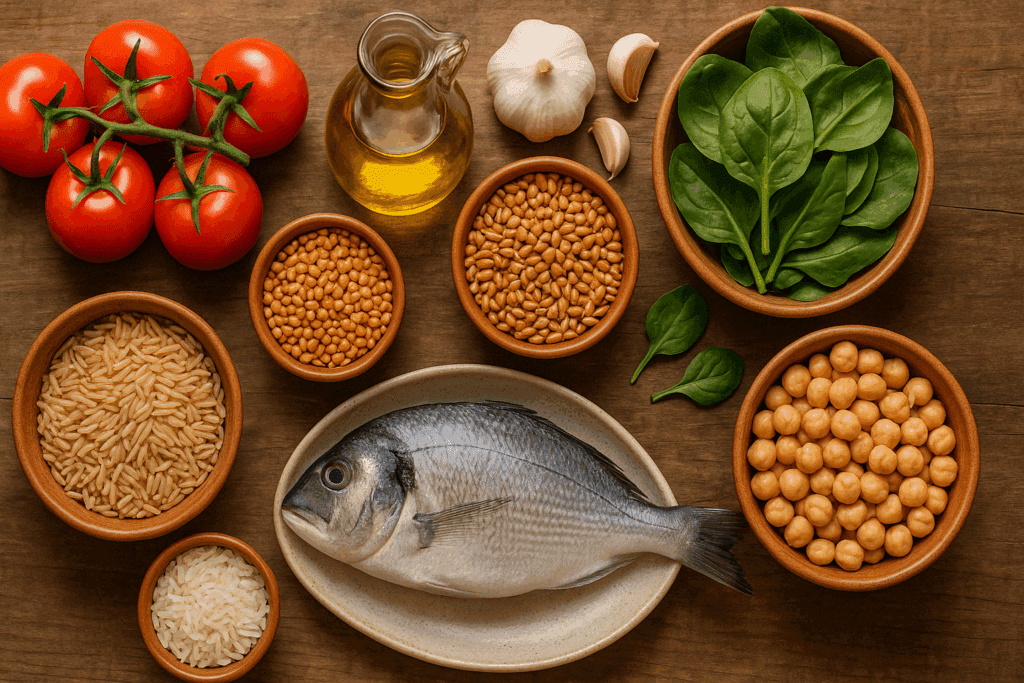
Frequently Asked Questions: Mediterranean Diet and White Rice
Is white rice ever recommended over brown rice on the Mediterranean diet?
While brown rice is generally favored for its fiber and nutrient content, white rice may be more appropriate in certain situations. For individuals with digestive sensitivity or gastrointestinal conditions, white rice can be easier to digest and less irritating than whole grains. Additionally, athletes or those with high energy demands may benefit from white rice’s quicker absorption for post-workout glycogen replenishment. When considering whether you can eat white rice on the Mediterranean diet, it’s important to remember that context and individual needs matter just as much as general guidelines. Nutrition experts often recommend blending flexibility with the foundational principles of whole-food nutrition, allowing white rice to be included when thoughtfully prepared and paired with nutrient-dense foods.
Can you eat rice on the Mediterranean diet if you’re managing diabetes?
Yes, but strategic meal planning is key. Although white rice has a higher glycemic index, combining it with foods high in fiber, healthy fats, and protein can mitigate blood sugar spikes. When asking whether you can eat rice on the Mediterranean diet with diabetes in mind, it’s essential to consider meal composition rather than focusing on one ingredient. Opting for smaller portions of rice and mixing in legumes or vegetables can enhance the dish’s overall nutritional profile and support glycemic control. Consulting a registered dietitian for individualized strategies can also ensure that rice remains part of a balanced Mediterranean plan.
What are some Mediterranean-inspired ways to prepare white rice healthfully?
Mediterranean cuisine offers a variety of delicious and health-conscious ways to incorporate white rice. Cooking rice with herbs, lemon zest, olive oil, or vegetables such as eggplant, zucchini, and tomato can elevate its nutritional value. Using broths rich in minerals and aromatics rather than water alone also boosts flavor without extra sodium. For those curious about how to eat white rice on Mediterranean diet while maintaining its health benefits, the answer lies in preparation methods that emphasize whole ingredients and minimize added fats or sugars. This approach keeps meals flavorful and nutritionally aligned with Mediterranean principles.
Does the inclusion of peanut butter contradict Mediterranean diet values?
Not necessarily—natural peanut butter can align well with Mediterranean diet goals. Although peanuts aren’t native to the Mediterranean region, the nutritional profile of peanut butter—especially when unsweetened and free of hydrogenated oils—fits within the emphasis on plant-based fats and proteins. The Mediterranean diet peanut butter conversation is less about geography and more about nutrient quality. A modest serving of peanut butter can be a practical protein source, especially for vegetarians, and can be paired with fruit, whole grain toast, or incorporated into sauces. As always, moderation and ingredient quality are critical.
Is butter ever acceptable on the Mediterranean diet?
Yes, in small amounts and specific contexts. While the Mediterranean diet strongly favors olive oil as its primary fat source, some traditional dishes from regions like France or Greece may incorporate limited quantities of butter. For people wondering about butter on Mediterranean diet guidelines, it’s important to understand that total fat quality is prioritized over strict elimination. If butter is used, it should complement rather than dominate a dish and be chosen in its pure form, free from added trans fats. This occasional inclusion doesn’t detract from the overall healthful nature of a Mediterranean eating style.
Who should avoid the Mediterranean diet, and why?
Although widely beneficial, some individuals may need to modify or avoid the traditional Mediterranean diet due to health-specific conditions. For example, people with kidney disease may have to restrict foods high in potassium or phosphorus—like legumes or whole grains—that are commonly featured in Mediterranean meals. The question of who should avoid the Mediterranean diet also extends to those with food allergies, such as nut or seafood sensitivities, requiring customized dietary alternatives. Individuals on strict therapeutic diets, such as ketogenic or low-FODMAP protocols, may also find standard Mediterranean patterns incompatible without significant adjustments. A healthcare provider or dietitian can help tailor Mediterranean principles to meet unique medical needs.
How does portion control impact the inclusion of white rice in a Mediterranean eating pattern?
Portion size plays a pivotal role in determining whether white rice contributes positively or negatively to overall health. A common misunderstanding is that you must completely eliminate white rice to follow a Mediterranean diet effectively. In reality, can you eat white rice on Mediterranean diet plans successfully? Yes—if portions are kept moderate and accompanied by diverse vegetables, legumes, and healthy fats. Managing quantity allows individuals to enjoy the texture and comfort of white rice while maintaining blood sugar stability and nutrient balance. Incorporating measuring tools or visual cues, such as the “plate method,” can support consistent portion awareness.
Is Mediterranean diet peanut butter suitable for children and teens?
Absolutely, provided that the peanut butter is natural and consumed in age-appropriate portions. Children and adolescents benefit from the nutrient density of peanut butter, which offers plant-based protein, healthy fats, and satiety for growing bodies. Including Mediterranean diet peanut butter in school lunches or snacks—such as spread on apple slices or whole grain crackers—can help support energy levels and cognitive focus. However, it is crucial to monitor for potential allergies and ensure that the peanut butter contains no added sugars or artificial ingredients. This allows parents to incorporate it into a Mediterranean-style diet in a way that is both nutritious and kid-friendly.
Are there cultural considerations to keep in mind when including butter on Mediterranean diet meal plans?
Yes, and cultural sensitivity plays a major role in how Mediterranean diets are interpreted across different regions. In some Northern Mediterranean areas, small amounts of butter are traditionally used in pastries or sautéed dishes, reflecting a localized culinary heritage. While the dominant fat source remains olive oil, understanding regional practices helps answer questions like how butter on Mediterranean diet menus fits into the broader context. Respecting these culinary traditions can enhance the authenticity and satisfaction of meals without compromising overall health goals. The key is to use butter judiciously and maintain the diet’s overall emphasis on whole, plant-based ingredients.
Can you eat rice on the Mediterranean diet during weight loss efforts?
Yes, but meal timing, portion size, and food pairings become particularly important. Individuals aiming for weight loss can still enjoy rice—especially when integrating mindful eating strategies and nutrient synergy. For instance, adding legumes or grilled vegetables to rice increases fiber and protein content, enhancing satiety and reducing overeating. When asking can you eat rice on the Mediterranean diet while pursuing weight loss, the answer is nuanced but affirmative with proper dietary planning. This flexibility allows individuals to tailor their Mediterranean meals in a way that supports both enjoyment and sustainable weight management goals.
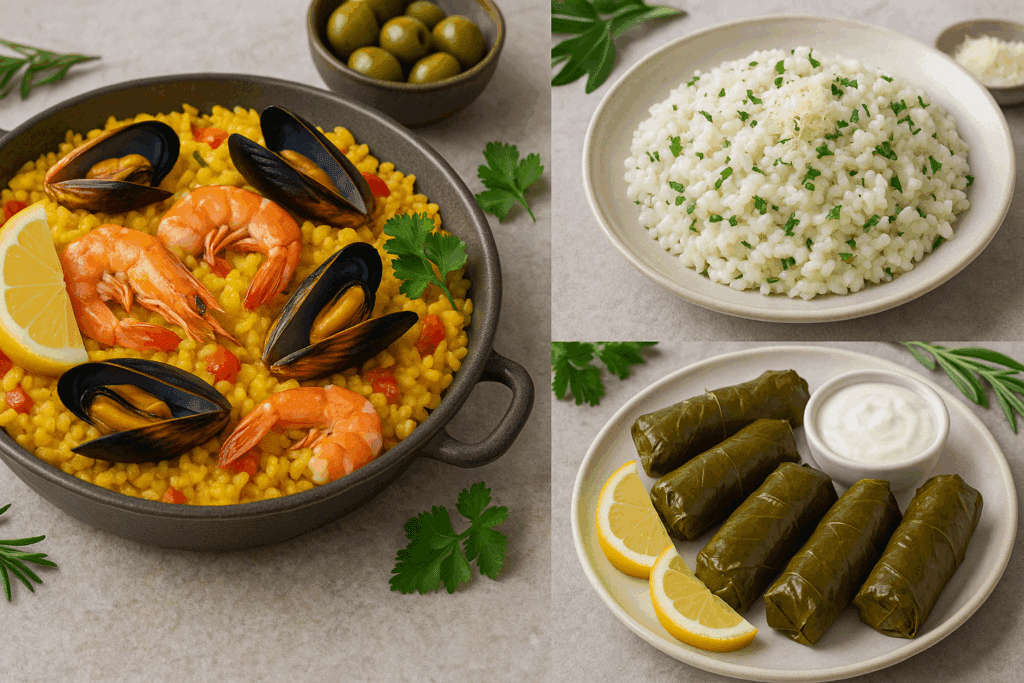
Final Thoughts: Embracing a Balanced Approach to White Rice and the Mediterranean Diet
When it comes to the question, “can you eat white rice on Mediterranean diet,” the answer is rooted in balance, tradition, and context. White rice, though not as nutrient-dense as some whole grains, can still be part of a healthy Mediterranean eating pattern when consumed in moderation and paired with nutrient-rich foods. From saffron-scented paellas to lemony pilafs, white rice has a legitimate place at the Mediterranean table.
Nutrition experts consistently emphasize that the Mediterranean diet is not a strict set of rules, but a holistic way of eating that encourages variety, enjoyment, and nutritional adequacy. Incorporating white rice into a meal that includes legumes, leafy greens, olive oil, and herbs adheres to these principles. It supports blood sugar control, provides comfort and satiety, and honors traditional food practices without compromising health.
The same nuanced thinking applies to other commonly questioned ingredients like butter and peanut butter. Asking whether butter on Mediterranean diet is allowed or if Mediterranean diet peanut butter fits the bill opens the door to understanding how flexibility and moderation define this approach to eating. Even for individuals who wonder who should avoid the Mediterranean diet, the emphasis is on personalization rather than restriction.
Ultimately, the Mediterranean diet’s strength lies in its adaptability, cultural richness, and evidence-based benefits. Including white rice thoughtfully within this pattern exemplifies its inclusive nature. By focusing on meal composition, ingredient quality, and dietary diversity, individuals can reap the full health benefits of Mediterranean eating while enjoying the foods they love.
Was this article helpful? Don’t let it stop with you. Share it right now with someone who needs to see it—whether it’s a friend, a colleague, or your whole network. And if staying ahead on this topic matters to you, subscribe to this publication for the most up-to-date information. You’ll get the latest insights delivered straight to you—no searching, no missing out.
Further Reading:
Mediterranean Diet 101: A Meal Plan and Beginner’s Guide
Disclaimer
The information contained in this article is provided for general informational purposes only and is not intended to serve as medical, legal, or professional advice. While NewsHealthWatch strives to present accurate, up-to-date, and reliable content, no warranty or guarantee, expressed or implied, is made regarding the completeness, accuracy, or adequacy of the information provided. Readers are strongly advised to seek the guidance of a qualified healthcare provider or other relevant professionals before acting on any information contained in this article. NewsHealthWatch, its authors, editors, and contributors expressly disclaim any liability for any damages, losses, or consequences arising directly or indirectly from the use, interpretation, or reliance on any information presented herein. The views and opinions expressed in this article are those of the author(s) and do not necessarily reflect the official policies or positions of NewsHealthWatch.

